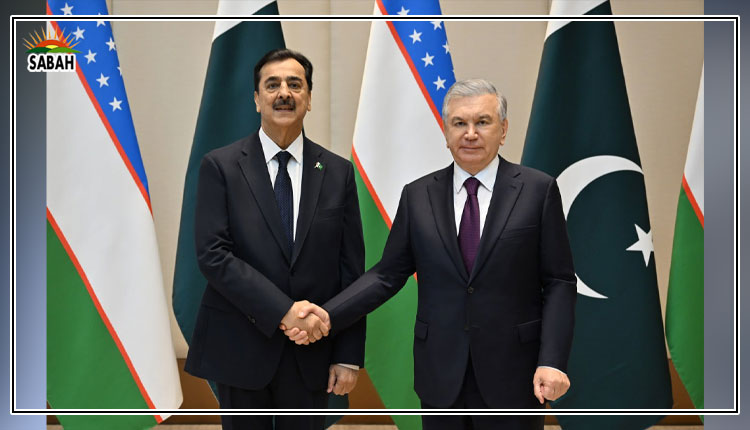Mirage of stability…Javed Hassan
PAKISTAN’S policymakers are celebrating the low inflation rate reported in November as evidence of a recovering economy. It is seen as a sign of stability alongside current account surpluses and improved foreign exchange reserves. However, low inflation obscures persistent economic vulnerabilities such as stagnant growth, low job creation, and weakening demand — issues that should remain a critical focus for policymakers to secure long-term economic success and social prosperity.
A key reason for the current low inflation is the base effect. After periods of high inflation, lower rates often reflect statistical adjustments rather than genuine economic improvement. This dynamic has been observed in various historical contexts. For instance, during the 1970s, many economies grappled with stagflation — high inflation coupled with low growth. Subsequent moderation in inflation was achieved not through robust recovery but by imposing restrictive monetary policies that deepened recessionary conditions.
John Maynard Keynes aptly warned of such scenarios. In The General Theory of Employment, Interest, and Money, he argued that insufficient aggregate demand leads to underutilisation of resources, high unemployment, and economic stagnation. A period of low inflation, especially one induced by demand contraction, signals weak consumer spending power, reduced investment, and an economy operating below its potential.
Argentina provides a telling example. Following hyperinflation in the late 1980s, the government introduced the Convertibility Plan in the early 1990s, pegging the peso to the US dollar. This policy successfully reduced inflation from triple-digit levels to single digits, stabilising prices by the mid-1990s. However, this price stability masked significant structural weaknesses.
Economic growth stagnated, unemployment remained high, and poverty levels increased. The currency peg constrained Argentina’s ability to respond to external shocks, leading to a full-blown crisis in 2001. The illusion of stability created by low inflation ultimately unravelled, exposing deeper vulnerabilities.
Japan’s Lost Decade in the 1990s offers similar lessons. Despite negligible inflation, the country endured stagnant wages, reduced consumption, and prolonged economic malaise. Price stability failed to address structural weaknesses, and the government’s initial reluctance to stimulate the economy exacerbated the downturn.
Similarly, despite achieving price stability, Latin American countries emerging from hyperinflation in the 1980s faced sluggish growth and entrenched inequality.
Closer to home, Pakistan’s low inflation exists against a backdrop of persistent structural challenges. Revenue growth continues to lag, with approximately 40 per cent of total revenues to date in the current fiscal year coming from the State Bank’s profits — a reliance that, while enabling a primary surplus of over 2pc of GDP, reflects little structural reform and inadequately addresses fiscal sustainability.
Chronic underinvestment in human capital and infrastructure, combined with a narrow industrial base, highlights the inadequacy of current policy priorities. While low inflation may offer temporary relief, achieving it through demand contraction — driven by declining disposable income — risks eroding long-term economic vitality. This approach signals stagnation, not growth. A myopic focus on a single metric, without a holistic understanding of the economy, can result in a dangerous misinterpretation of economic signals.
Employment, icome equality, and productivity, which are vital for genuine economic well-being, should be monitored closely alongside inflation for a broader assessment of the sustainability and inclusiveness of economic policies. Low inflation, accompanied by stagnant wages and rising inequality, can lead to prolonged stagnation and social unrest. As Keynes aptly stated, “The avoidance of inflation is not a sufficient condition for sound finance.”
Pakistan’s policymakers must heed this warning. Focusing narrowly on inflation targets risks overshadowing the need for structural reforms essential to fostering sustainable growth and shared prosperity. Low inflation may temporarily soothe markets, but without addressing the root causes of economic malaise, it remains a hollow achievement. True progress lies not in chasing statistical illusions but in building an economy that delivers real opportunities and resilience for its people.
The writer has worked in both the profit and non-profit sectors internationally and in Pakistan. He was formerly chairman, NAVTTC.
COURTESY DAWN











